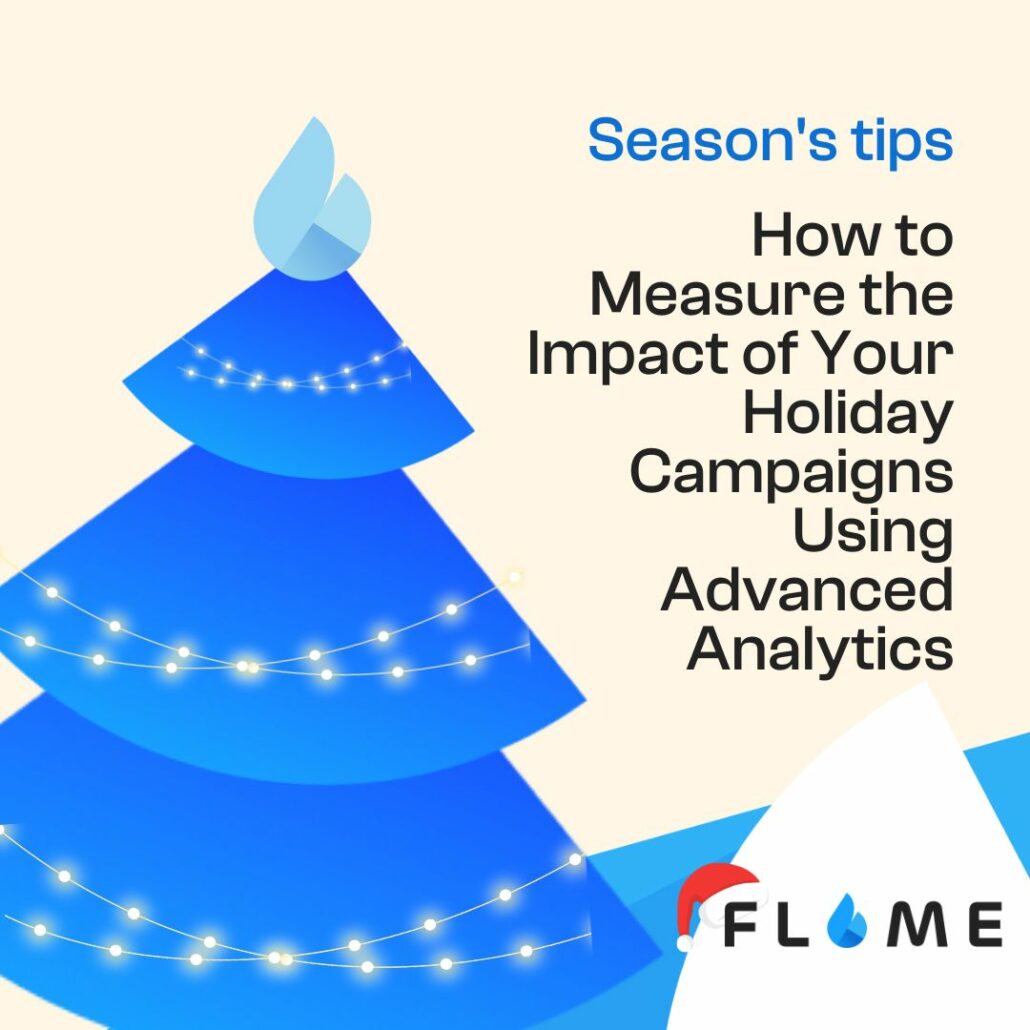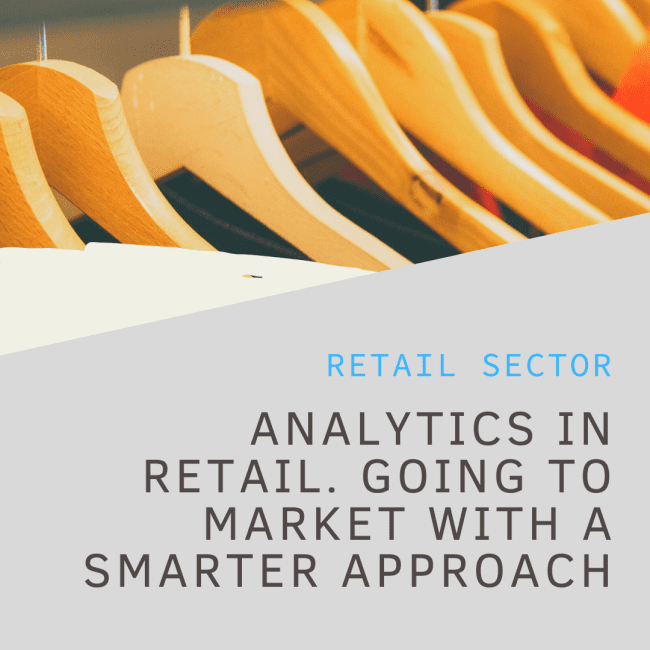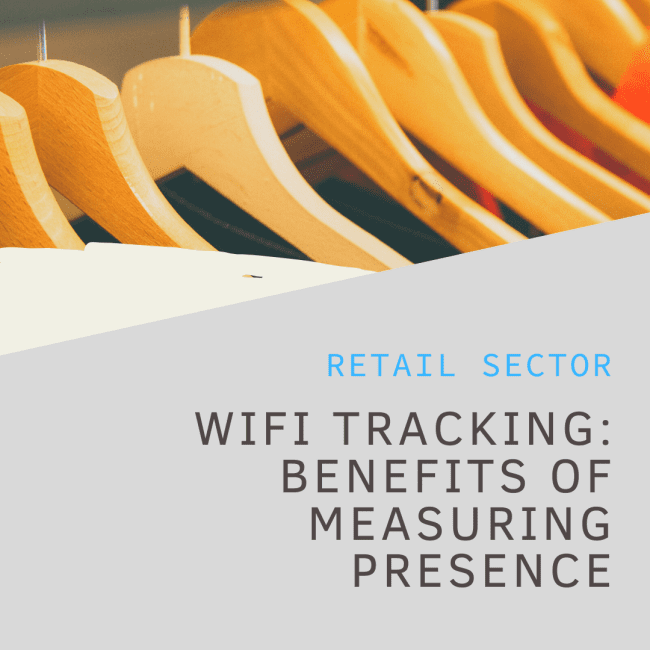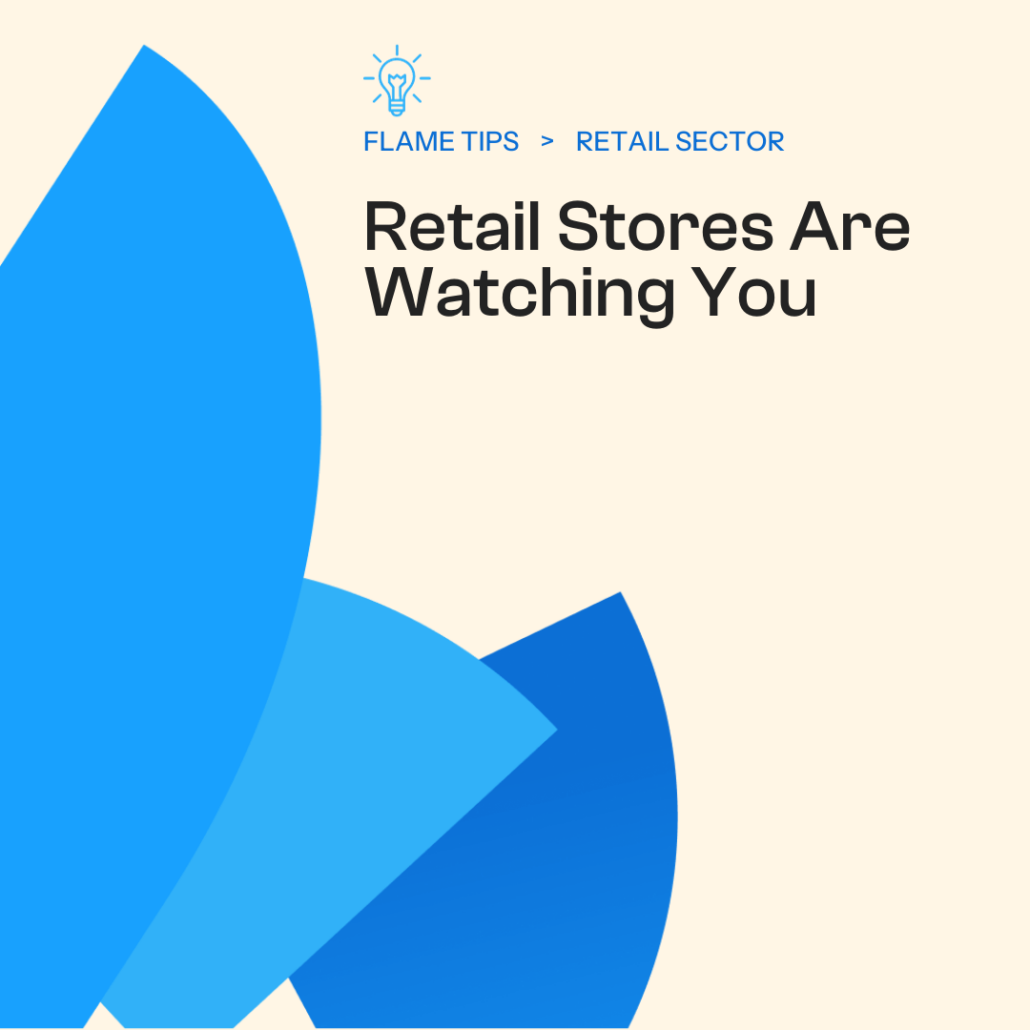The holiday season is one of the most crucial times for retailers, where the right marketing campaigns can significantly boost sales and brand awareness. However, with so many promotional activities happening during this period, measuring their effectiveness in real-time is essential. This is where advanced analytics comes into play. By using data-driven insights, retailers can evaluate the impact of their holiday campaigns, make adjustments as needed, and ensure they are delivering the best possible results.
Advanced analytics can be use to…
1. Track Customer Engagement Across Multiple Channels
During the holiday season, customers interact with retailers through a variety of channels—online ads, social media, email marketing, in-store promotions, and more. Advanced analytics tools allow retailers to track customer engagement across all these touchpoints, providing a holistic view of how campaigns are performing. By measuring metrics like click-through rates, social media shares, and email open rates, retailers can identify which channels are driving the most traffic and conversions.
For example, a retailer running a special holiday discount campaign both online and in-store could use data to determine whether customers are more likely to respond to the promotion via email or through social media ads. This helps fine-tune future campaigns and optimize marketing spend.
2. Measure Conversion Rates and ROI
One of the most important metrics during the holiday season is conversion rate. How many of the people who saw your holiday promotion actually made a purchase? By analyzing sales data alongside marketing campaign data, retailers can measure the return on investment (ROI) of their holiday campaigns.
Advanced analytics tools can track the entire customer journey—from the first click on an ad to the final purchase. Retailers can then determine which campaigns resulted in the highest conversion rates and what factors contributed to these sales. This could include understanding the specific promotions that performed best, the optimal times for sending offers, or the product categories that attracted the most interest.
3. Analyze Customer Sentiment and Feedback
The holidays are an emotional time, and customers’ sentiments can have a significant impact on how they engage with marketing messages. By analyzing customer feedback through social listening tools, reviews, and surveys, retailers can gain valuable insights into how their holiday campaigns are being received.
For example, sentiment analysis can help assess whether a campaign is resonating positively with customers or if it’s generating any negative reactions. Retailers can use this information to adjust their messaging or creative to align more with customer preferences and expectations, ensuring a more effective campaign.
4. Evaluate Foot Traffic and In-Store Behavior
For brick-and-mortar retailers, measuring the success of holiday campaigns also means understanding how promotions are influencing foot traffic and in-store behavior. Advanced analytics allows retailers to track customer movement patterns within the store, highlighting which areas are receiving the most attention and which may need more focus.
For instance, if a holiday display or product promotion is placed in an area that is difficult to reach, analytics can reveal whether it’s attracting sufficient attention or if the placement needs to be adjusted. By analyzing foot traffic alongside campaign data, retailers can optimize the in-store experience and maximize the effectiveness of their holiday promotions.
5. Real-Time Campaign Optimization
One of the greatest advantages of using advanced analytics is the ability to adjust campaigns in real-time. With access to live data, retailers can see how a campaign is performing and quickly make changes to optimize results. For example, if an online holiday promotion is not generating the expected sales, data can reveal which specific elements (such as the offer, the messaging, or the timing) may need adjustment.
Real-time data allows retailers to experiment with different approaches, such as adjusting discounts, changing the creative in an ad, or targeting different customer segments. This ability to pivot quickly ensures that marketing efforts remain agile and responsive to customer needs and behaviors during the busy holiday season.
6. Predict Future Campaign Success with Historical Data
In addition to analyzing current campaigns, advanced analytics can also be used to predict the success of future campaigns based on historical data. By reviewing past holiday campaign performance, retailers can identify patterns and trends that can inform future marketing strategies.
For instance, if data from previous years shows that certain promotions consistently lead to a spike in sales during the first week of December, retailers can plan ahead and ensure similar promotions are in place during that time. Predictive analytics can help businesses make smarter decisions about when and how to run campaigns, reducing the guesswork and ensuring better outcomes.
Conclusion
Measuring the impact of your holiday campaigns with advanced analytics is essential to maximizing the effectiveness of your marketing efforts. By leveraging data to track customer engagement, evaluate conversion rates, understand sentiment, and optimize campaigns in real-time, retailers can improve their overall holiday strategy. The insights gained from these efforts help ensure that every marketing dollar spent contributes to the success of the season, driving both sales and customer loyalty.
With the right data tools, retailers can gain a comprehensive understanding of their holiday campaigns and continuously improve them, ensuring they deliver results year after year.







